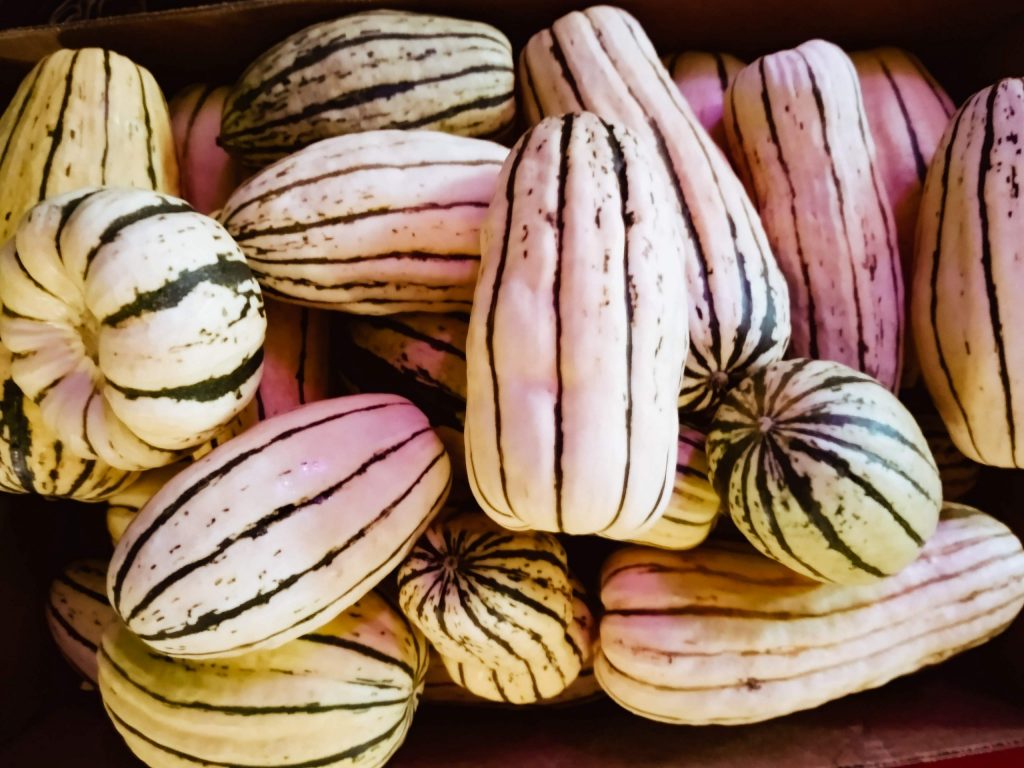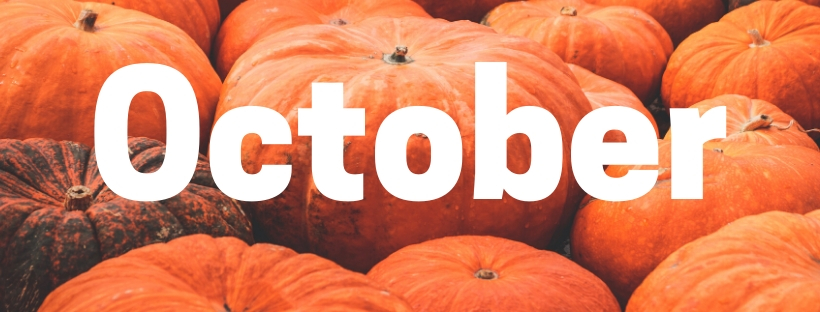Planting, transplanting, watering, planting spring bulbs, and slug control head the list of October gardening projects. Fall is the time to begin getting the garden ready for winter, so what you can accomplish in the garden this month will definitely help cut down on maintenance the rest of this fall and winter. Plus, it is best to accomplish these tasks while the weather is still reasonably good.
FALL VEGETABLES – October is a harvest month, so be sure to harvest vegetables at their peak of flavor, and before they are damaged by frost or cold temperatures. After harvesting, be sure to plant cover crops to renew the vegetable garden soil.
WINTERIZING – Tender plants like geraniums, begonias, impatiens and gerbera daisies should be brought back indoors before the first frost ruins them. Likewise, fuchsias, dahlias and other semi-tender plants should be prepared for their winter storage.
WATERING – One of the major reasons why some plants do not make it through winter’s cold weather is because the soil is too dry. If it’s getting colder but the rain hasn’t started yet, it is very important to take time and check to see that all plants have sufficient soil moisture. Be especially careful to check the plants under the eaves of the house and under tall evergreens and other areas where the soil tends to dry out quickly.
POINSETTIAS AND CHRISTMAS CACTUS – Both Christmas cactus and poinsettias need to be put in a spot indoors where they get ten hours of bright light and fourteen hours of total darkness, each day. Keep room temperatures around 65 to 70 degrees for the poinsettias, around 55 to 60 for the Christmas cactus.
BULBS – If you haven’t already planted the spring flowering tulips, daffodils, hyacinths and crocus bulbs there is still is time to get them into the ground this month. Mix soil and bulb dust, fertilizer and peat moss into the soil, at planting time. Set the bulbs in the soil about two to three times deeper than the greatest diameter of the bulbs you are planting. As a rule this will mean tulips, daffodils and hyacinths should be planted about six inches deep, and plant crocus about two to three inches deep.
LAWNS – October is also a good time to make an application of a fall or winter type of lawn fertilizer. If the lawn needs to be thatched or aerated, do those jobs first. If needed, the lawn can be over-seeded with new grass seed/up to about the middle of October. October is a good time to add clover seed to your lawn if you want to make your garden more pollinator friendly.
COMPOSTING – Fallen leaves, old vegetable plant parts and grass clippings should be added to the compost pile, to help build compost humus for use in next years garden. Actually, these garden refuse items could even be spaded directly into the soil, where they will compost over winter. Do not use the grass clippings for composting, if they have been taken from a lawn that has been treated with herbicides in some of which can last nine to twelve months.
WEEDING – Weeds should be cultivated or eliminated before the plants have a chance to flower and go to seed again this fall. Some weeds are capable of producing thousands of seeds, so get rid of them before any seeds developer
COLOR SPOTS – Right now is a good time to select and plant flowering kale, cabbage, winter flowering pansies, fall mums, and Michaelmas daisies.
SLUGS AND BUGS – Slugs are really on the move again this fall. Not only the adult slugs, but baby slugs and even slug eggs are possible problems during the fall season. So whether you use slug baits, beer, salt, ducks, or some other means of eliminating them, it is important to get after them before they reproduce again this fall.
PLANTING – The next five months are the best ones for planting and transplanting both evergreen and deciduous trees and shrubs. Now during the fall and winter dormant season is the time when these plants can be transplanted with a minimum amount of shock. Also, it is the season when local garden outlets have one of their finest selections of new plants.
What you accomplish this month can really help cut down on gardening maintenance the rest of this fall and winter.

